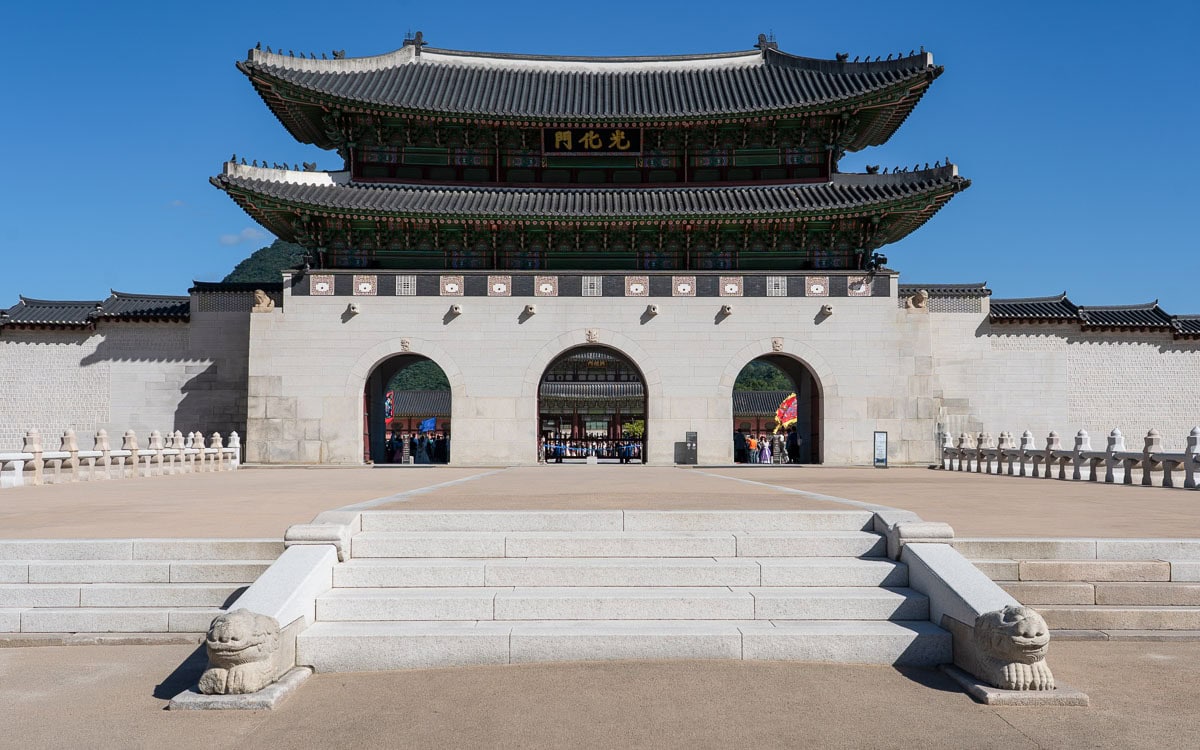
Gwanghwamun Gate is the imposing main gate of Gyeongbokgung Palace. The gate has been rebuilt many times over the years but remains an icon of Seoul.
Construction began in 1395 at the beginning of the Joseon dynasty. The gate quickly became one of the most important gates of the Joseon Dynasty since it guarded the main palace.
There are three other gates that can be found along the 2,404 meters (7,887 feet) of walls surrounding the palace. The other three gates are Sinmumun, Geonchunmun, and Yeongchumun.
The gate consists of three entrances and a towering two story pavilion. At one time, Gwanghwamun was guarded by multiple watchtowers.
In 1592, the gate was destroyed by the Japanese during their invasion of Korea during the Imjin War. In 1867, almost 250 years later, the gate was reconstructed during the reconstruction of adjacent Gyeongbokgung Palace.
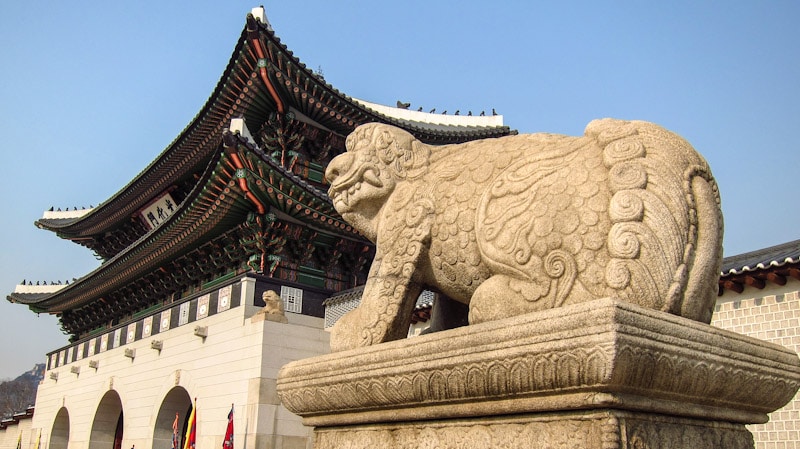
In 1926, the Japanese who occupied Korea at the time, moved Gwanghwamun near the location of the present day National Folk Museum of Korea. The gate was moved to make room for the new Japanese Governor General Building, which stood at this location until its demolition in 1995.
During the Korean War, the wooden gatehouse was destroyed once again. It was rebuilt using concrete and remained this way until 2006.
In December 2006, work began to restore Gwanghwamun to its original wooden specifications. The restoration work paid special attention to historical details. On August 15, 2010, restoration work was completed at a cost of 28 billion won ($24 million).
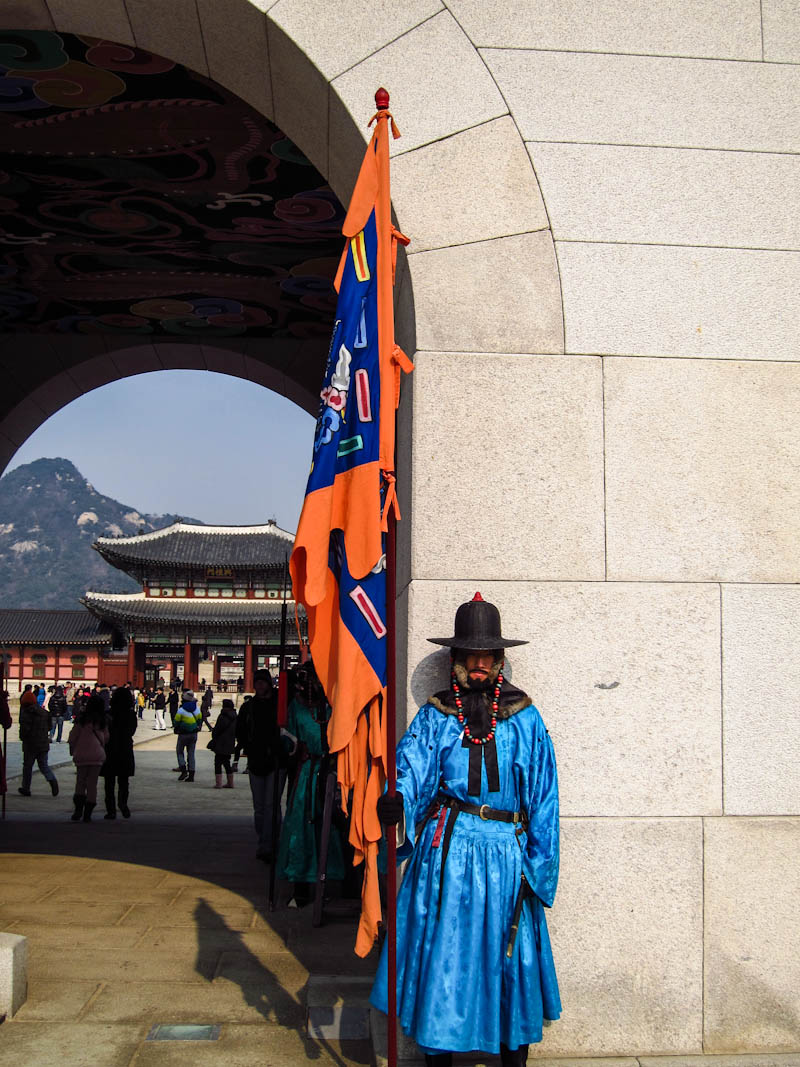
Gwanghwamun Gate Information
Hours
Admission
The gate is free to view and walk through. The palace requires a ticket to enter.
Address
161 Sajik-ro, Jongno District, Seoul, South Korea
GPS Coordinates: 37.576068, 126.976955
How to Get Here
Gwanghwamun is located at the entrance to Gyeongbokgung Palace.
Option 1
Take Subway Line 3 to Gyeongbokgung Station (Exit 5).
Option 2
Take Subway Line 5 to Gwanghwamun Station (Exit 2).
Map
Additional Resources
Klook
Klook offers discounted tickets and reservations for attractions and services in Seoul—from theme parks and museums to tours and transportation.
Viator by TripAdvisor
Book tours, activities, and unique experiences in Seoul—from sightseeing to cultural events and outdoor adventures—offered by local providers.
Rakuten
Save with cashback on hotels and travel services. Sign up and you could earn $30 cashback on your first purchase over $30.
Book Recommendations
Prefer a physical guide? Fodor’s Seoul offers detailed recommendations, maps, and travel tips for the city.
Nearby Sights
National Palace Museum of Korea

The National Palace Museum of Korea, located on the grounds of Gyeongbokgung Palace, houses a collection of over 900 relics and 40,000 artifacts from the royal court of Joseon Dynasty palaces including Gyeongbokgung, Changdeokgung, Changgyeonggung, and Jongmyo. Initially, the museum…
Gwanghwamun Square
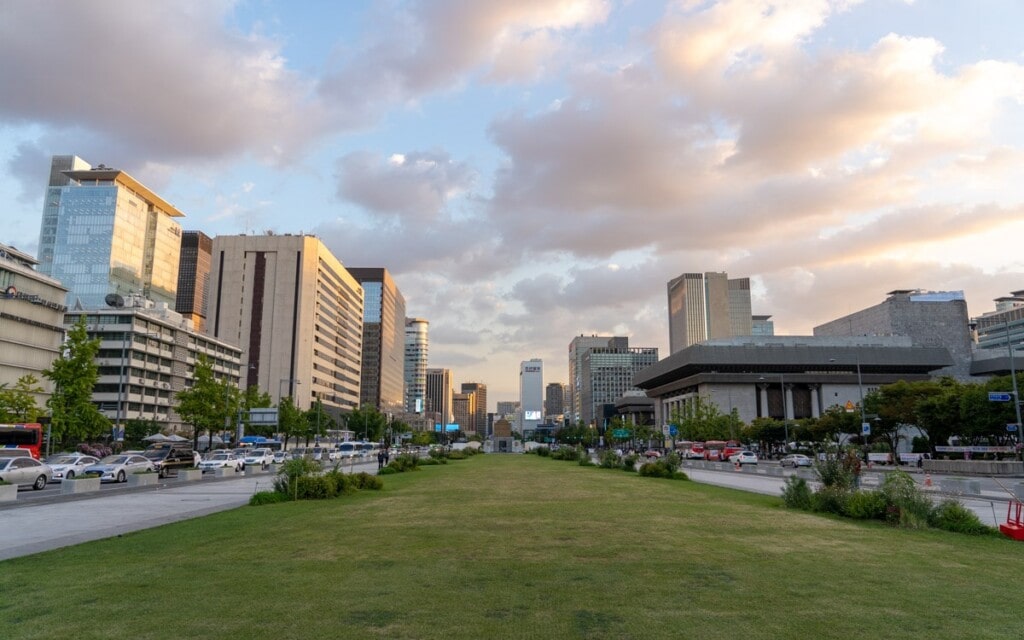
Gwanghwamun Square is a public area located in the heart of central Seoul that features museums, statues, restaurants, and beautiful surrounding views. Plans to convert the area into a pedestrian only square first surfaced in February, 2004. It was not…
Gyeongbokgung Palace

Gyeongbokgung Palace, located north of Gwanghwamun Square, is one of the most iconic sights in all of Korea thanks to its long and storied history. Construction on Gyeongbokgung Palace was completed in 1395 at the beginning of the Joseon Dynasty…
Statue of King Sejong the Great
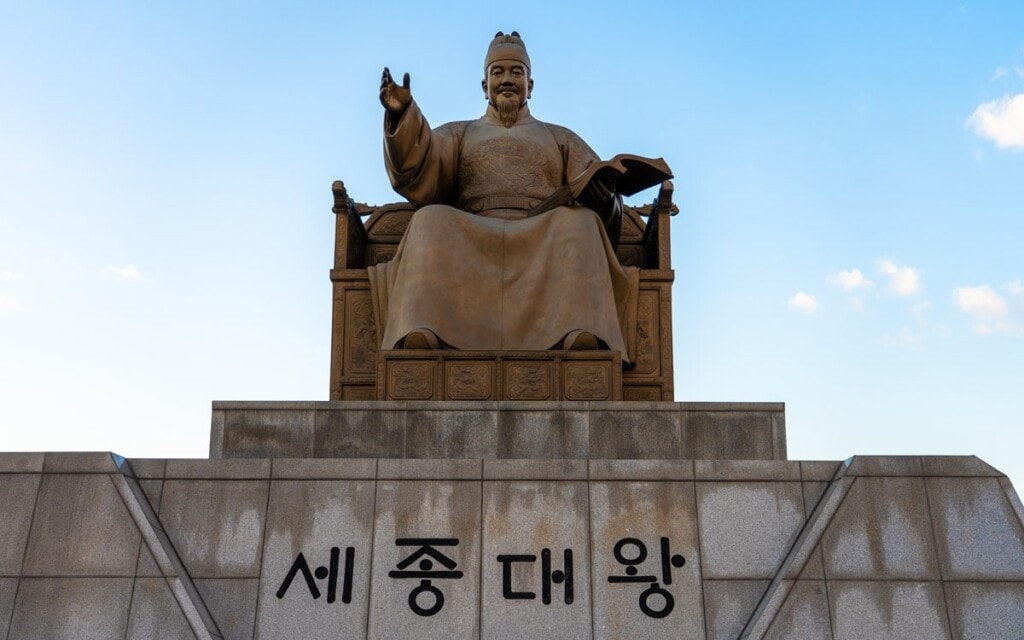
The Statue of King Sejong the Great is a golden statue located on Gwanghwamun Square in downtown Seoul near Gyeongbokgung Palace and Gwanghwamun Gate. This much respected fourth king of the Joseon Dynasty reigned from 1418 to 1450. Sejong was…
Ujeongchongguk (Central Post Office)
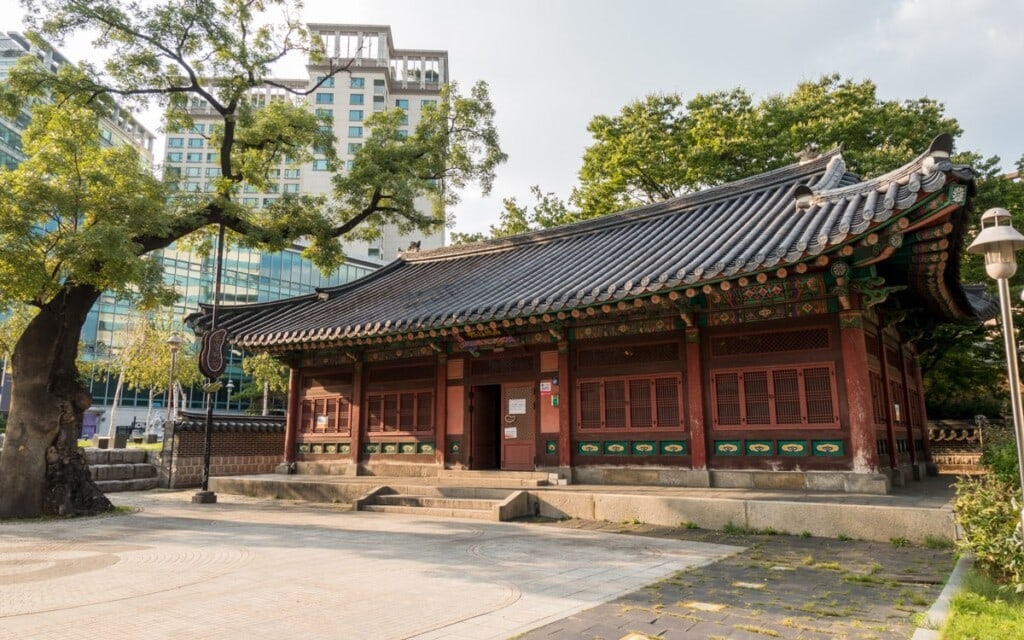
Ujeongchongguk (Central Post Office) was established as the first post office of Korea on April 22, 1884 during the reign of King Gojong. Postal service began on November 18, 1884. It was the first modern postal service. Service was suspended…
Jogyesa Temple
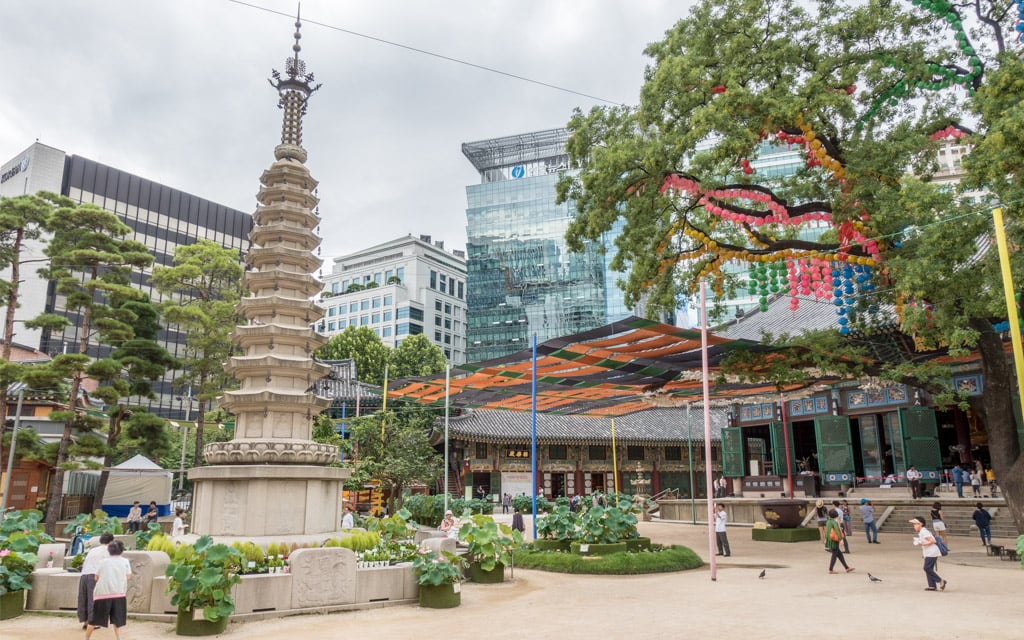
Jogyesa Temple is one of the most important Buddhist temples in Korea and a symbol of Korean Buddhism. It is located in the heart of the city near Insa-dong. Since 1936, it has been the head temple of the first…
Last Updated on Mar 13, 2025